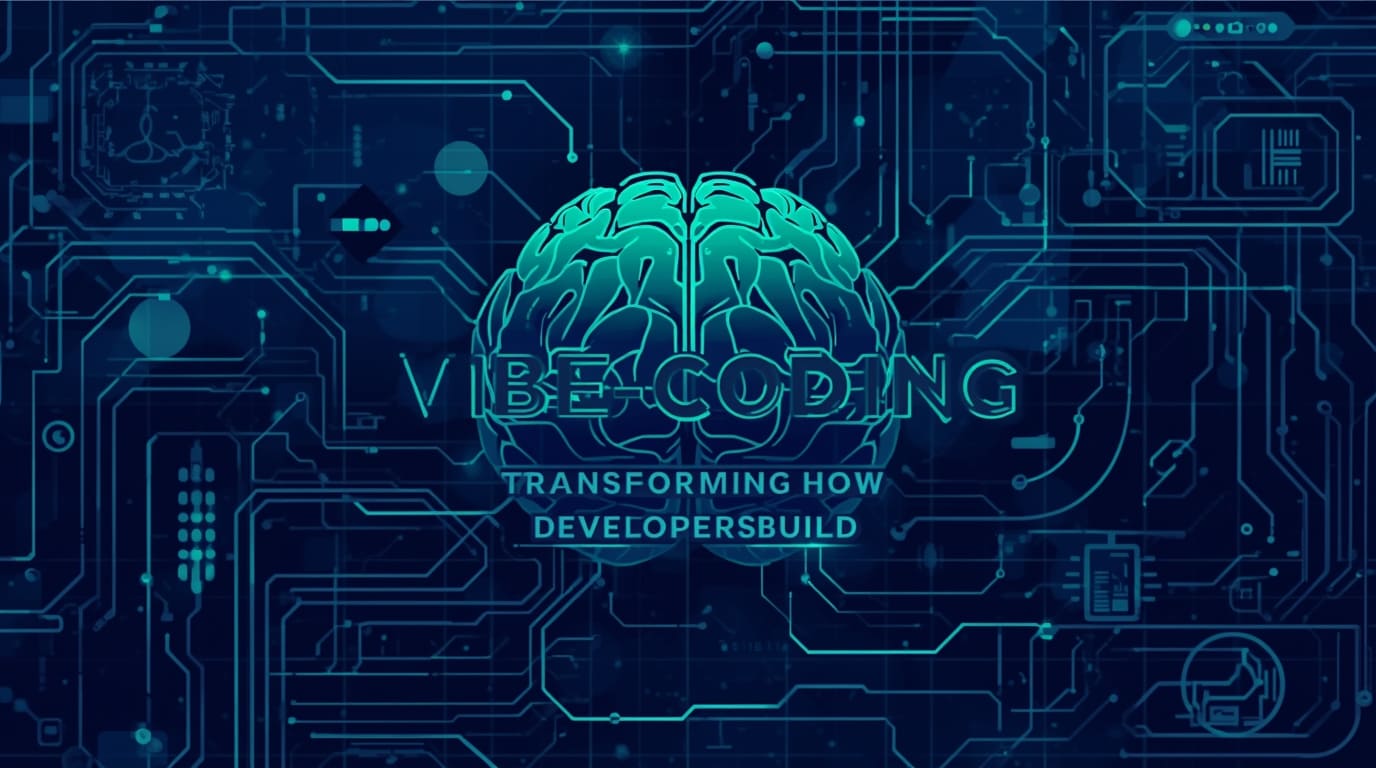Vibe-Coding: The New Creative Movement Transforming How Developers Build

A new wave called Vibe-Coding is sweeping through the developer community — a movement where creativity, emotional rhythm, and AI-enhanced tools shape how applications come to life. Instead of rigid workflows, developers are embracing more intuitive, mood-driven, and generative coding styles that boost productivity and spark innovation. This shift matters because it aligns technology with human expression, reduces cognitive overload, and leverages AI as a collaborative partner rather than just a utility. Early adopters across startups, game studios, and digital agencies say it fosters deeper flow, faster prototyping, and more organic innovation.
Background & Context: Where Vibe-Coding Comes From
The philosophy behind Vibe-Coding started gaining visibility with the rise of generative AI tools, adaptive IDEs, and emotion-aware UI systems. Developers increasingly reported that traditional coding — heavily structured, rigid, and mentally taxing — was out of sync with the modern creative digital workspace.
In 2024–2025, the trend began crystallizing as platforms like Cursor, Replit’s AI mode, and GitHub Copilot Workspace emphasized fluid, conversational building. Hackathons and developer meetups soon adopted the term “Vibe-Coding” to describe this combination of freestyle experimentation + AI orchestration + mood-driven workflows.
Today, Vibe-Coding is no longer fringe; it is becoming a cultural and technical shift influencing product teams and individual contributors alike.
Expert Voices & Perspectives
Industry observers say Vibe-Coding is more than a trend — it’s a rethink of how humans interact with machines.
“Developers today don’t just build logic. They build experiences, and experiences start with emotional clarity, not just syntax,” says Rohan Desai, CTO of CodeWave Analytics.
AI design researcher Lena Matsumoto adds:
“The real unlock is when AI understands not just what you’re coding, but how you’re feeling while coding — and adjusts the environment to keep you in flow.”
Product leads at several generative AI companies also note that teams using Vibe-Coding processes report 20–40% faster ideation and higher satisfaction scores among developers.
How It Compares to Traditional Development Approaches
Compared to the conventional coding experience, Vibe-Coding introduces several differences:
1. From rigid IDEs → mood-adaptive environments
Themes, layouts, and contextual prompts change with the developer’s working style.
2. From strict planning → fluid experimentation
AI generates multiple directions, enabling creative exploration without penalty.
3. From manual boilerplate → automated intelligence
Code assistants generate APIs, modules, tests, and documentation in real time.
4. From isolated coding → collaborative creativity
Team members can “sync vibes” — sharing conceptual prompts, workflows, and AI guidance.
This positions Vibe-Coding in line with emerging trends like multimodal AI, unified dev environments, and no-context-switch engineering.
Implications & Why It Matters
For developers, Vibe-Coding reduces burnout and brings a more intuitive, playful approach to problem-solving.
For companies, it accelerates prototypes, minimizes repetitive workload, and increases developer retention — one of the industry’s biggest challenges.
For the software ecosystem, this shift hints at a future where:
- AI becomes an ambient creative partner
- Emotional UX becomes central to engineering
- Developers act more like directors than manual code writers
- Code creation feels fluid, expressive, and adaptive
It marks a transition away from “hard coding sessions” toward a more natural interaction between creative energy and computational precision.
What’s Next: The Road Ahead for Vibe-Coding
Analysts expect Vibe-Coding to evolve into:
- AI-driven creative studios inside development environments
- Mood-based debugging tools that simplify complex problem-solving
- Adaptive code learning systems for new developers
- Emotionally aware collaboration modes for remote teams
Long-term, it could reshape developer education, onboarding, and the tools we classify as “IDE.”
Many believe that by 2030, vibe-centric workflows will become a default expectation for new software teams.
Our Take
Vibe-Coding signals a new era where human creativity and AI intelligence merge seamlessly. It acknowledges that great engineering is as emotional as it is logical — and that aligning workflow with human rhythm unlocks deeper innovation. This movement may very well shape the next generation of developer tools, making software creation more expressive, intuitive, and human-centered.